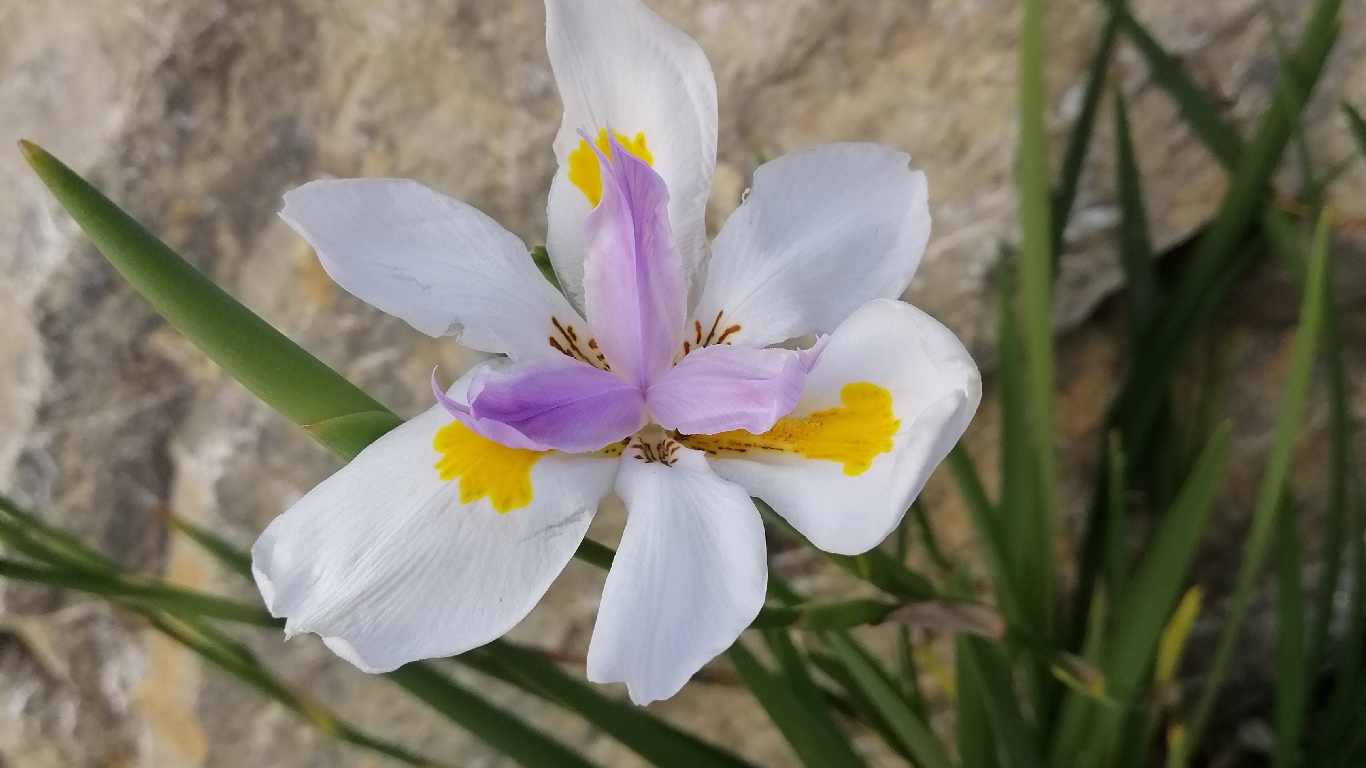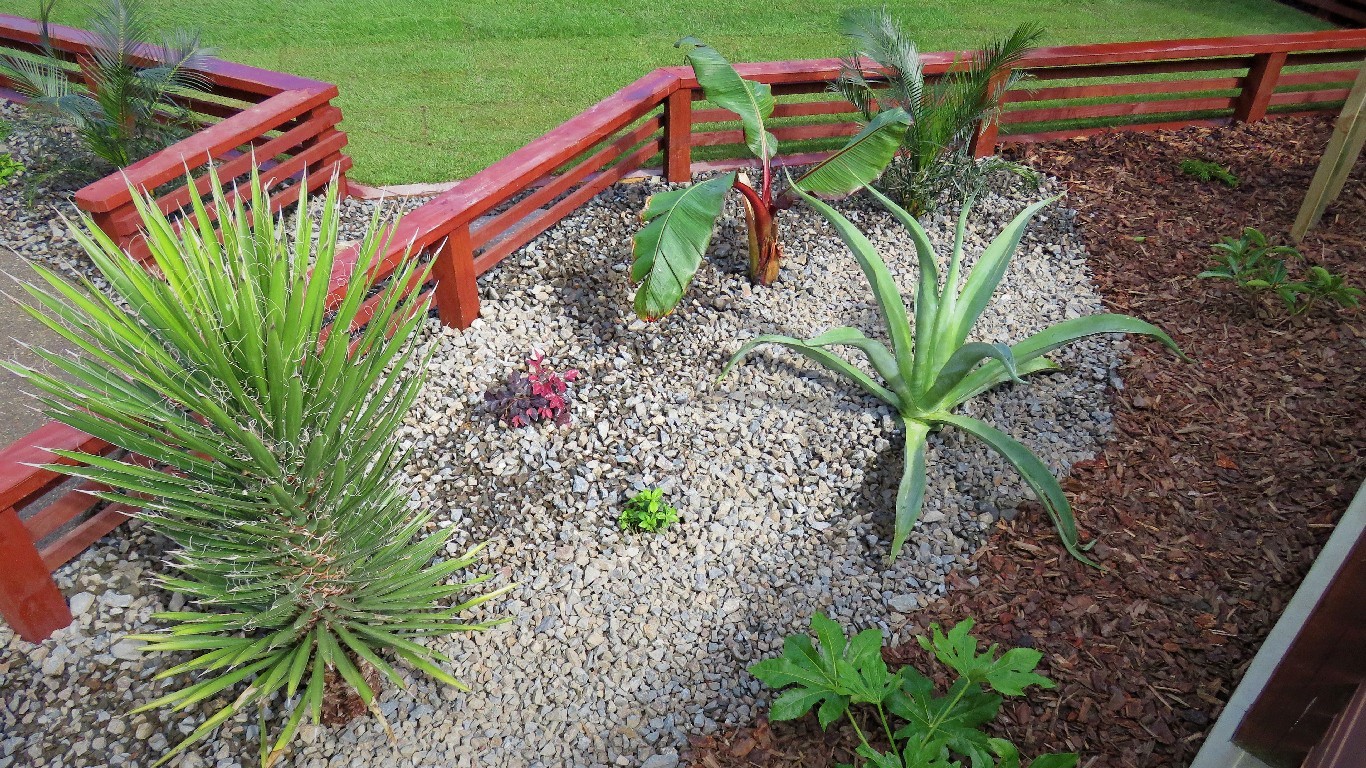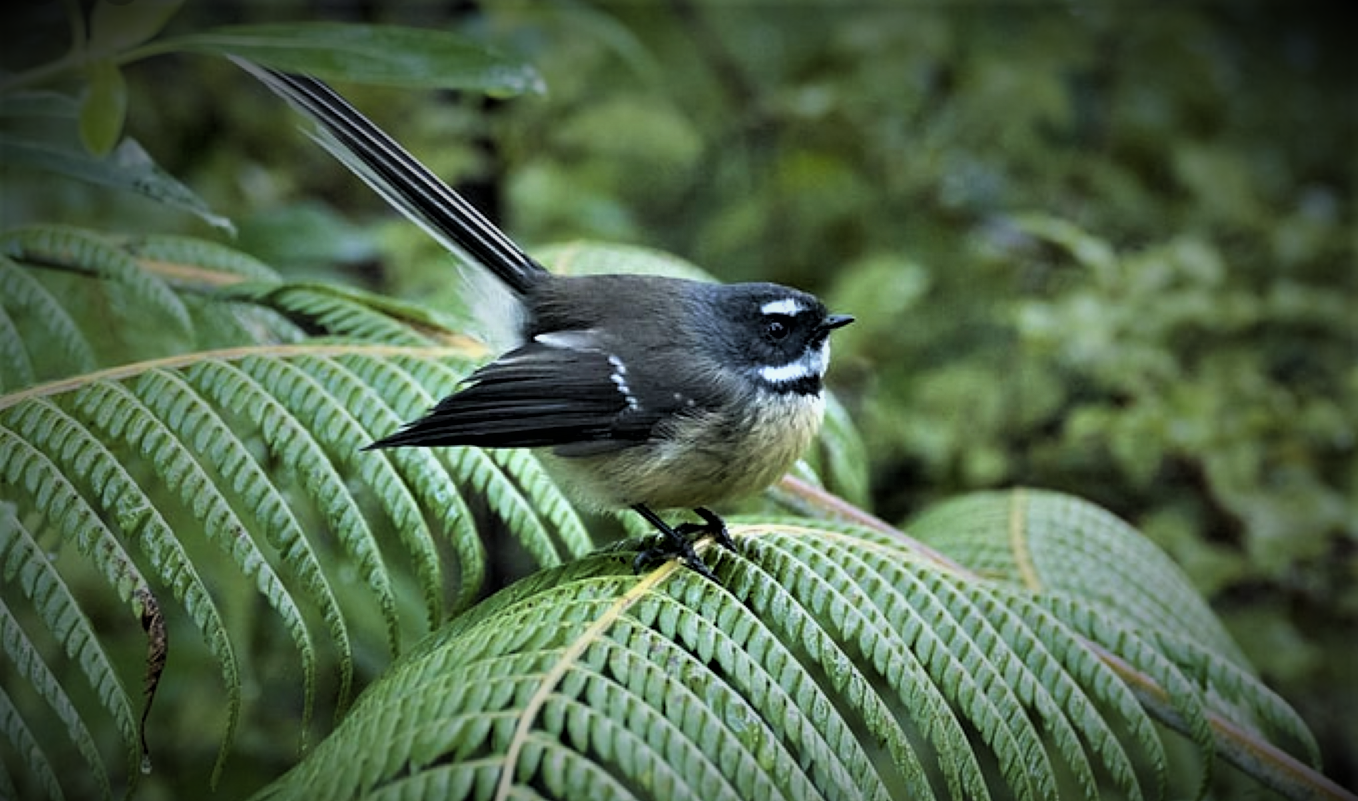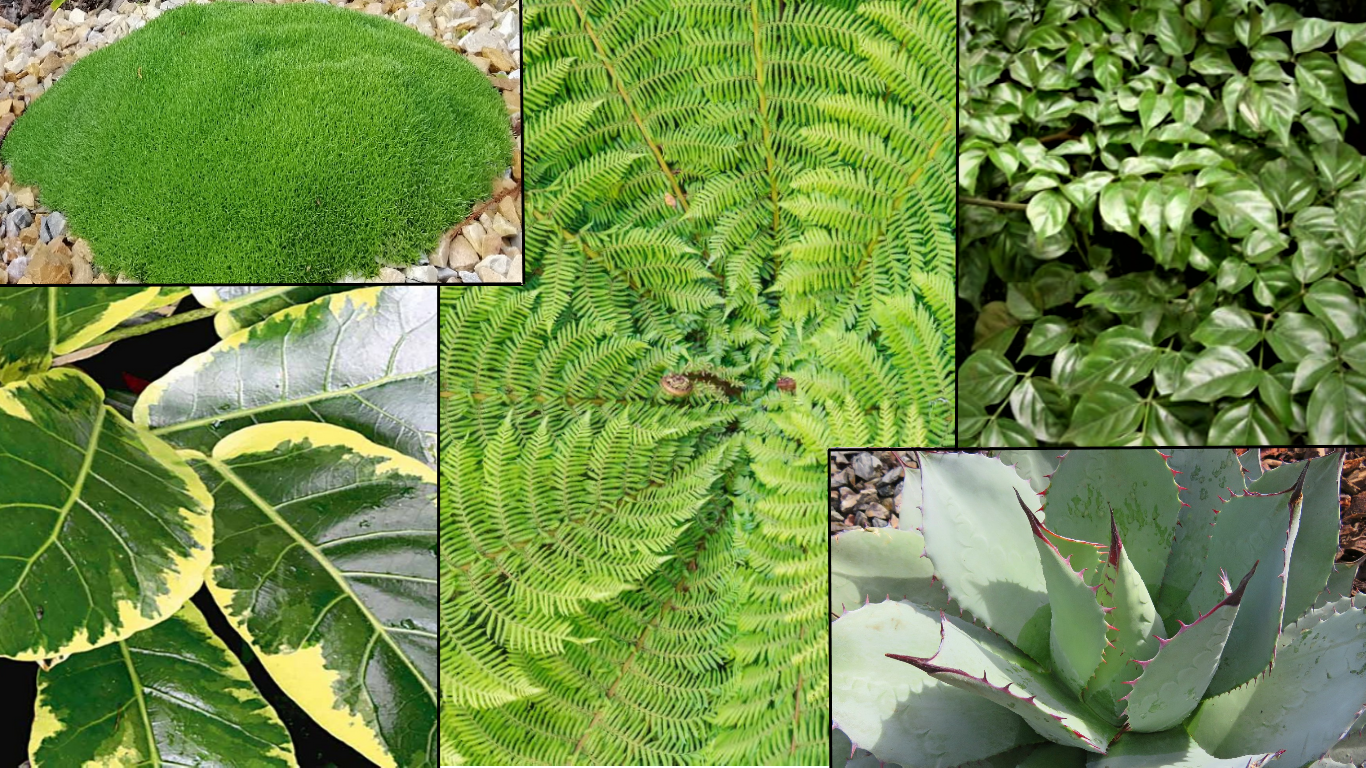- FOR MORE INFORMATION PLEASE CALL:Phone 03 553 0306 Mobile 022 122 5013Email: ollie@sagelandscapes.co.nz
Planting

Plants bring life and movement to a garden; foliage moves in the wind and plants steadily grow and fill the space between them, blossoms develop and fall, lush new leaves fill once empty branches before putting on a show of their own, every leaf becoming a flower, changing from vibrant Green’s to glorious Red’s, vivacious Orange’s and stunning Yellow’s. Before finally falling to the floor revealing the plants inner structure as is slumbers till woken by the warmth of Spring.
Not only do plants live in a garden but they invite and support nature too. Birds feed on berries and seeds and take small twigs to build nests, bees visit flowers for pollen and nectar and pollinate nearby plants in the doing so, Caterpillars clamber amongst branchlets eating tender leaves before cocooning and emerging as a magnificent Butterfly. Other numerous insects and creatures make residence in the garden, on or near the plants and shrubs using them in various ways to support their needs.
So, it is important to remember that plants are more than just ornamental things that make a garden look nice.
We understand that planting is a diverse element of landscaping with so many possibilities to choose from it can be overwhelming to know where to start. Before starting any planting project, we identify a usable plant palette based upon key criteria such as, site conditions, light level, type of plant, purpose and style.
By fully understanding these criteria and subsequent points, plants are carefully selected and well positioned for their needs. Whilst well prepared holes permit strong and healthy root growth and use of slow release fertilisers and placement of mulch allow for optimal growing conditions year-round.
Site Conditions
This is perhaps the most important point to be aware of, as knowing your site conditions will allow you to choose plants that will thrive and prosper in their location instead of struggle and perish. The six main soil types are.
- Clay – poor drainage, noticeably swells and shrinks, can be rich in nutrients
- Sandy – drains easy, dries out fast, holds fewer nutrients
- Silty – holds moisture, usually rich in nutrients, may need improved drainage
- Peaty - acidic, fewer nutrients, retains water, may need improved drainage
- Chalky – stonier, free draining, often alkaline so will need fertilisers to balance this
- Loamy – even mix of sand, silt and clay, ideal characteristics for gardening
It pays to be aware of highly changeable areas, or areas that are an exception to the site ‘normal’, areas that remain wet year round, or areas that are extremely dry for part of the year and then extremely wet in winter. These areas are always challenging and will need careful planning and most likely an alternative approach.
Light Level
Light level is essential to a plant, knowing the aspect of the sun and the anticipated sunshine hours will further help identify what plant will be suited to the area in question. There are three basic light levels.
- Full sun
- Semi Shade/Part Sun
- Full or Heavy shade

Type of Plant
This identifies the fundamentals for plant selection and helps to quickly focus the direction of choice. Simply broken down into these five categories.
- Native
- Exotic/Introduced
- Evergreen
- Deciduous
We find the site and obvious practicalities often help decide this, for example, you naturally limit the amount of deciduous plants around a swimming pool to minimise debris and leaf drop reaching the pool.

Purpose
Are you wanting plants to serve a practical function?
- Form a hedge or screen
- Cover an unattractive wall or fence
- Stabilise a steep bank
- Provide shade
- Produce edible fruits
- Encourage wildlife
- Fire resistant
- Ornamental purpose only
It is possible for things to serve a duel or even triple purpose and when a plant has multiple functions its value in a garden (particularly a small garden) increases.

Style
Style is critical when developing a garden and different approaches will heed different results. It is important to consider these options and how to balance them together.
- Colour, both foliage and flower
- Texture of foliage and growing habits
- Natural shape of the plant as it grows
- Placement
- Density of planting
- Formal planting
- Use of symmetry
- Natural/Random placement
- Planting on mass
- Small number reoccurring group planting
- Individual planting
- Layering (ground cover, mid-level, trees)
A well thought out garden will consider many of these points and balance them together in a creative and fun way.
If you have any upcoming planting projects, we would love to hear from you.
For more information or free advice call: 022 122 5013
Contact us
Phone: 03 553 0306 / Mobile: 022 122 5013
Email: ollie@sagelandscapes.co.nz
Address: 238 Redwood Road,
Appleby, Richmond 7081
